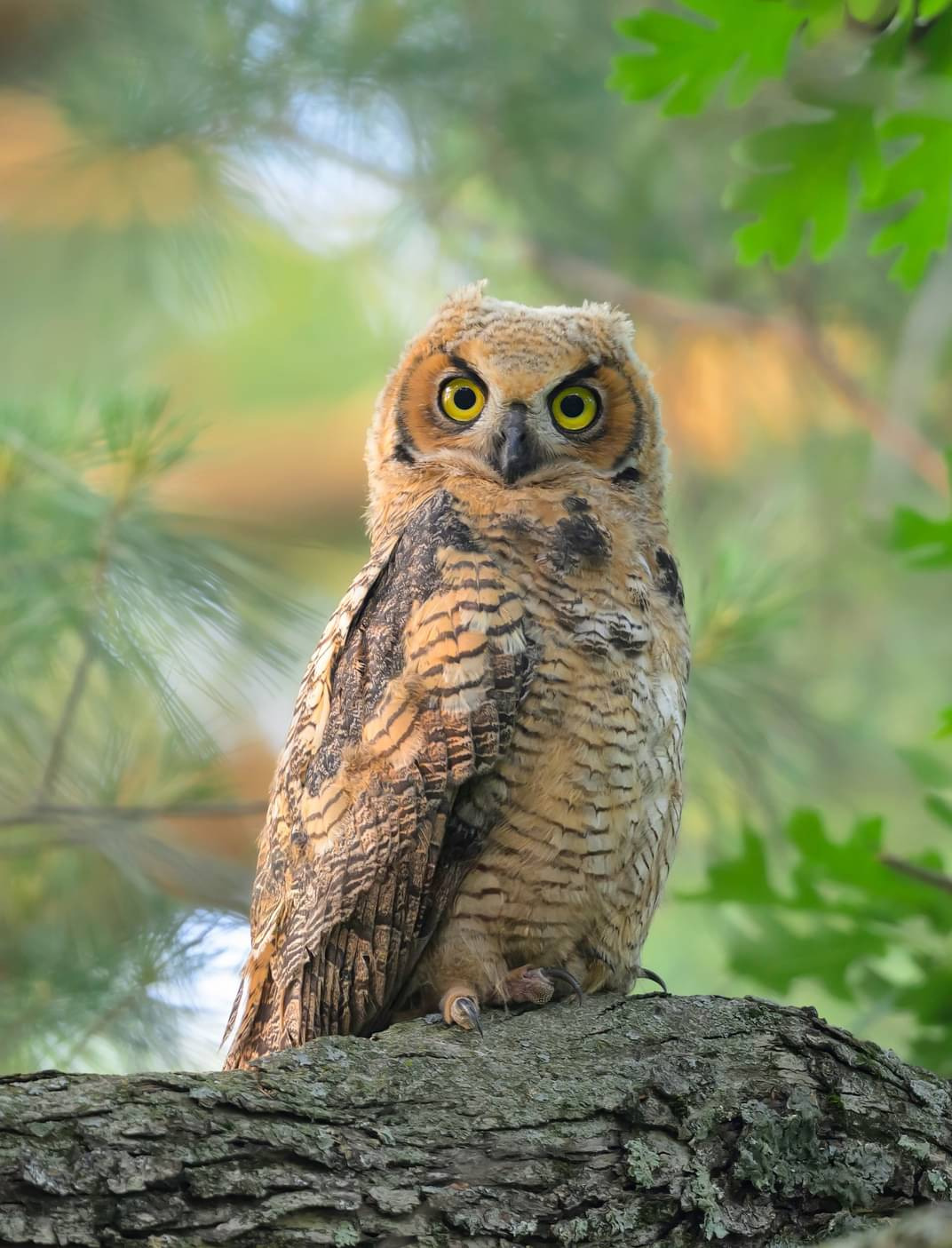This owl is both cute and wise.
anon6789
"Next Sunday we will be moving away from the typical bread and wine, in favor of our new sacraments, hunks of Big Mac and Diet Coke."
Aww it's so cute 🥰

Harry's always full of great owl tales!
Humm de derr derr more pork pork pork!
It'd be a great Halloween background.
I love that big round head of the Asio owls!
I love introducing you to new animals!
This one is similar to Short Eared Owls, which are found in a lot of places, so you may be more familiar with them. There are so many great owls out there, but I'll share them all with you eventually!
I was just searching to see why Pratchett chose that as the name of his city, but everything I came across said he wasn't familiar with the bird at the time, and it was retconned into the crest later. Very interesting.
You guys keep making me feel guilty I've still actually gotten around to reading any Discworld. It will work someday, I swear! I have Guards, Guards on my tablet ready to go, and I watched the Hogfather movie and loved it.
This is the second oddest episode of Mr Rogers Neighborhood I've ever seen!
"Children, today we'll be upcycling everyday scrap metal into defensive weaponry..."
They will tend to scrunch and elongate when they're trying to hide. Since their eyes are pretty big, closing them most of the way makes that feature stand out less.
They go big when they're standing their ground. They've already been spotted, so now they want to look like the biggest, toughest owl possible.
Here's the classic White Faced Scops video showing the little owl's reactions to an owl slightly larger than itself and one much larger.
Birds usually don't want to fight. There's too much chance for anyone involved to get hurt and be left unable to fly and be unable to get food or stay safe. They want to either stay hidden or have the other party back off before anyone actually gets too physical.
You will see small birds drive off larger, more aggressive birds due to this. Usually the larger bird will just move on if it doesn't need a meal at that moment.












Mine talk plenty. They usually just say: "Hissssss! Go away! Click click click!"